National Film Preservation Foundation Helps to Save Films by Tod Browning, John Cage, and Many Others
posted June 13, 2012 1 Comment
![]()
June 12 2012 –
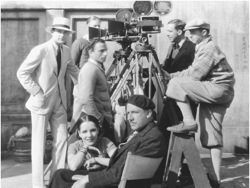
The San Francisco-based NFPF is the nonprofit organization that the U.S. Congress created in 1996 to help save America’s film heritage. It is the charitable affiliate of the National Film Preservation Board of the Library of Congress, through which it receives federal money to distribute as grants. It raises operating and project funding from other sources.
The NFPF has provided preservation support to 248 institutions and saved almost 2,000 films and collections through grants and collaborative projects. It also publishes the award-winning Treasures from American Film Archives DVD series of rare films preserved by public and nonprofit archives that have not been commercially distributed.
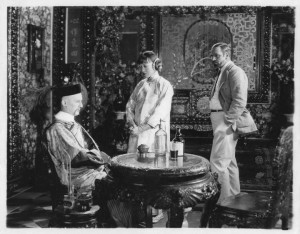
The awards provide support to create a film preservation master and two access copies of each work. Films saved through the NFPF programs are made available to the public for on-site research and are seen widely through screenings, exhibits, DVDs, television broadcasts, and the Internet.
In the round of awards announced today, 35 institutions in 22 states will receive support. Projects include Liferaft Earth (1969) by Robert Frank and Danny Lyon; a 1924 tour of the Showley Brothers candy factory in San Diego; footage of the Taos Art Colony in 1917; Julie Dash’s Illusions (1982) about a Hollywood executive who passes as white; That Other Girl (1913) with Pearl White; the only known moving image footage of novelist Ford Maddox Ford; and the comic Parson Sue (1913), about a female minister who goes West.
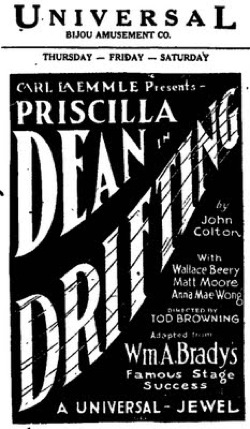 Other historically significant American films considered unlikely to survive without public support that were awarded NFPF grants include The Instant Guide to Synanon, made to woo corporate supporters; the student-film-turned-cult-classic 33 Yo-Yo Tricks (1976), featuring Daniel Volk performing his feats in embroidered glory; abstractions created by Jordon Belston for the Vortex Concerts; two profiles of Chicago’s Vice Lords gang; documentaries about the Navajo, Apache, Yaqui, and Zuni; and home movies by Slavko Vorkapich, the Everly Brothers, a Penobscot tribal elder, a Pullman porter, an American foreign service officer stationed in 1930s China, and two brothers touring Europe on the eve of World War II.
Other historically significant American films considered unlikely to survive without public support that were awarded NFPF grants include The Instant Guide to Synanon, made to woo corporate supporters; the student-film-turned-cult-classic 33 Yo-Yo Tricks (1976), featuring Daniel Volk performing his feats in embroidered glory; abstractions created by Jordon Belston for the Vortex Concerts; two profiles of Chicago’s Vice Lords gang; documentaries about the Navajo, Apache, Yaqui, and Zuni; and home movies by Slavko Vorkapich, the Everly Brothers, a Penobscot tribal elder, a Pullman porter, an American foreign service officer stationed in 1930s China, and two brothers touring Europe on the eve of World War II.
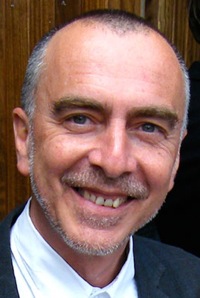
“I am constantly amazed at the treasures that come to light through the National Film Preservation Foundation’s preservation grants,” Paolo Cherchi Usai, senior curator at George Eastman House, said in a statement from the NFPF. “Who would believe that a film by John Cage would turn up in a storage facility or that a Pearl White comedy would be uncovered in a mislabeled film can?”
He added: “Of course, Eastman House is thrilled by the grant to preserve Tod Browning’s Drifting. Using complementary material from other collecting institutions, we plan to preserve the feature with new English-language intertitles and make it available to American audiences for the first time in decades.”
A list of the grant recipients is online.
Liferaft Earth
n
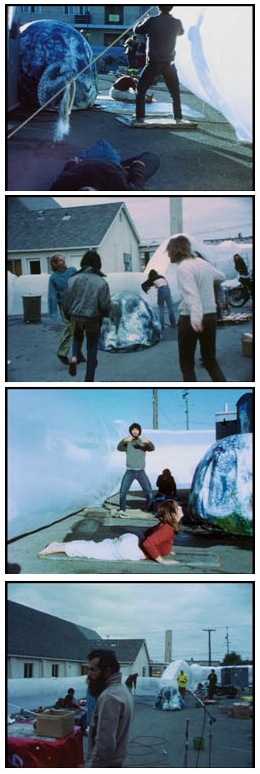
The legendary photographer set about recording a “starve-in” in Hayward, California – a “Hunger Show” from October 11 to 18 when some 100 protesters dramatized the emerging crisis of world overpopulation as a way to suggest what life on the planet would be like once too many people had to vie for too little food.
The participants were hippies willing to pack into a plastic enclosure and fast. There was a proviso: once they were in, they couldn’t leave.
They danced, practiced yoga, slept, and bathed around a large ball replica of the Earth. It was one of the first instances of the globe, inspired by images of Earth taken from the 1968 Apollo 8 space-rocket mission, serving as an icon for American environmentalist, as it still frequently does.
Frank’s resulting film was Liferaft Earth. In a 2010 issue of Cabinet magazine, Volker M. Welter, an architectural historian at the University of California at Santa Barbara wrote: “The goal was to personally experience the bodily pain of those who suffer from famine and to issue a warning about the mass starvations predicted for the 1970s. From the outset, the lofty intentions conflicted with a more dreary reality. Originally, the communal fasting was to be held inside an inflatable, one-hundred-by-one-hundred-foot polyethylene pillow. The structure, dubbed Liferaft Earth, was designed by Charlie Tilford, a graduate student in engineering at Columbia University, and the participants were to live exclusively within it for the duration of the fast. But the organizers could neither secure a prominent site nor a permit for the innovative shell, which was deemed to be a fire risk, and so the event took place instead in a motel parking lot in the city of Hayward. There, a four-foot-high inflatable wall delineated a compound within which those who were fasting camped. The press and the curious lingered outside the wall, joined by the occasional participant who could no longer bear the hunger pangs, made worse by the temptations of a nearby Chinese restaurant.”
By the end of the film, he notes, the symbolic globe was “sadly deflated and abandoned, after inclement weather had made the group decide to relocate to the Portola Institute in Menlo Park.”
In Liferaft Earth, Robert Frank captured those ambivalent scenes.
Previous Post: Wunderkino: Polavision, Operation Ditty, and the Avant-Garde






Comment (1)